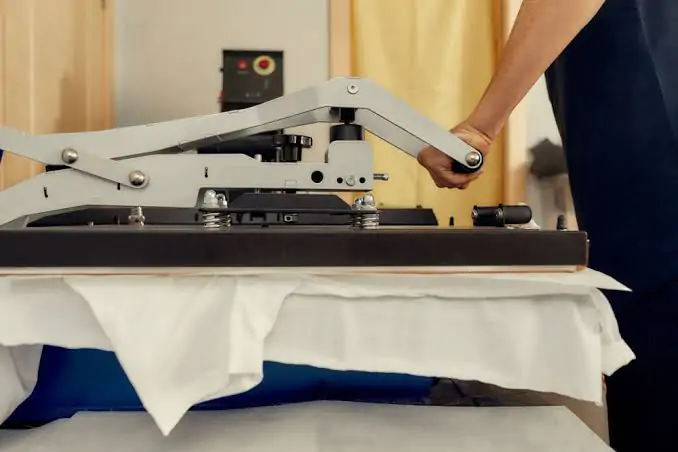Unfolding the Heat Press Machine Debate: DIY or Defer to the Pros?

If you’ve ever marveled at a custom-designed T-shirt or an intricately detailed mug, there’s a good chance a heat press machine was involved in the creation process. It’s not unusual to entertain the thought of having one of these devices at your disposal, allowing for an unlimited realm of personal creativity. The question then arises, should you invest in the best heat press machine or leave it to the professionals?
Understanding the Heat Press Machine
In its most basic form, a heat press machine applies heat and pressure to a surface to imprint a design or graphic. The best heat press machines offer adjustable temperature and pressure settings, providing precise control over the imprinting process. This technology has opened up a wide spectrum of possibilities for crafting personalized items, from apparel to home decor. Despite its seemingly complex nature, a heat press machine can become as user-friendly as your everyday kitchen appliance once you’ve got the hang of it.
The Advantages of Owning a Heat Press Machine
Owning your own heat press machine has its perks. Firstly, it offers the freedom to create a vast array of personalized items, whether for small businesses, fundraising events, or to gift your loved ones. With the best heat press machine at your disposal, you get the flexibility to print whenever you want, eliminating waiting times associated with outsourcing the job.
Moreover, once you have mastered the art of heat pressing, it could open doors to a potential source of income. Given the rising demand for unique, personalized items, a cottage industry built around customized goods could be a creative and rewarding venture.
The Challenges of Heat Press Operations
While owning a heat press machine sounds enticing, it is important to remember that, like any piece of equipment, it comes with its own challenges. The initial investment can be considerable, especially if you opt for the best heat press machine. Additionally, there’s a learning curve involved in mastering the correct pressure, timing, and temperature settings to get the desired outcome.
Maintenance is another consideration. Heat press machines require regular upkeep to ensure optimal performance and longevity. Neglecting this aspect could lead to subpar printing results and potential machine damage.
When to Consider Professional Services
When you require a large volume of printed items or deal with intricate designs or multiple colors, relying on professional services might be more efficient and cost-effective. Professionals have the experience and the best heat press machines to handle complex tasks and deliver consistent, high-quality results.
Moreover, by outsourcing, you save yourself from the responsibilities of machine maintenance, leaving more time for focusing on other important aspects like design creation and marketing if you’re running a business.
Striking the Right Balance
The decision to buy a heat press machine or delegate the task to professionals depends on your individual needs and circumstances. Owning the best heat press machine can be an exciting and potentially lucrative endeavor if you have a penchant for crafting and personalizing and are okay with the initial investment and learning curve.
On thе othеr hand, if your rеquirеmеnts arе morе sporadic or thе scalе of your printing nееds is largе, lеvеraging thе еxpеrtisе of profеssionals may bе a morе practical choicе. As with any dеcision, wеighing thе pros and cons against your nееds will hеlp you makе thе bеst choicе. Whatever path you choose, there’s no denying that the world of heat press printing offers endless possibilities to transform ordinary items into extraordinary creations.
The decision between buying the best heat press machine or leveraging professional services involves considering your interests, skill level, financial readiness, and the scale of your projects. Owning a machine brings creative autonomy and potential income, but also demands time, effort, and maintenance. Engaging professionals, on the other hand, ensures high-quality, hassle-free results, particularly for larger or more complex projects. Ultimately, the choice that serves your needs best is the one that strikes the perfect balance between these aspects, whether you’re a hobbyist, business owner, or appreciate unique, customized items.





